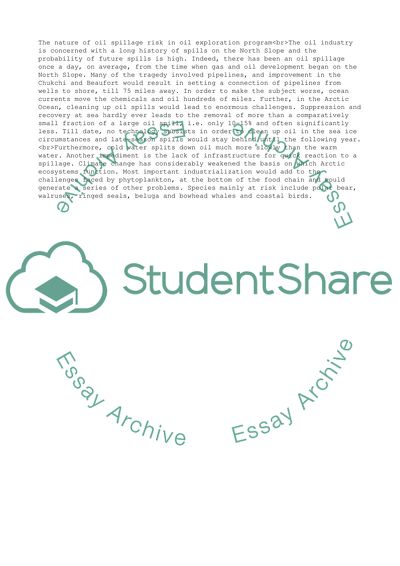Cite this document
(“Risk Management Literature review Example | Topics and Well Written Essays - 3250 words”, n.d.)
Risk Management Literature review Example | Topics and Well Written Essays - 3250 words. Retrieved from https://studentshare.org/management/1621725-risk-management
Risk Management Literature review Example | Topics and Well Written Essays - 3250 words. Retrieved from https://studentshare.org/management/1621725-risk-management
(Risk Management Literature Review Example | Topics and Well Written Essays - 3250 Words)
Risk Management Literature Review Example | Topics and Well Written Essays - 3250 Words. https://studentshare.org/management/1621725-risk-management.
Risk Management Literature Review Example | Topics and Well Written Essays - 3250 Words. https://studentshare.org/management/1621725-risk-management.
“Risk Management Literature Review Example | Topics and Well Written Essays - 3250 Words”, n.d. https://studentshare.org/management/1621725-risk-management.


